The Kangaroo Lake Botanical Special Interest Area has an amazing variety of wildflowers, and you’ll find them starting right at the trailhead. On this visit we found 57 different species of native wildflower, including 7 California endemics and 4 listed as rare by the California Native Plant Society. It’s off the beaten track, so you won’t find crowds – we saw only a couple of other hikers on a weekday in July.
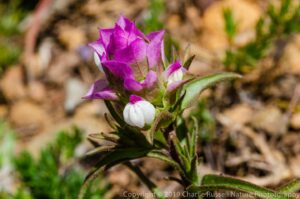
What is a Fen?
The first portion of this trail is called the Fen Trail, where you can find many interesting wetland plants. However, you can continue further up the mountainside to find some drier serpentine soils that offer a very different collection of wildflowers.
What is a Fen? It’s a type of wetland where the water table is at or near the ground surface for most of the growing season. Soils are saturated and poorly aerated for long periods of time. This creates anaerobic conditions that limit the decomposition of plant materials, so organic materials build up. You can find some very special plants adapted to these conditions. A Fen (as opposed to a Bog) has a ground source of water that also supplies nutrients. Fens are widespread in California, in the Sierra Nevada mountains, coast range and southern Cascades.
There are different types of fens, and the one in the Kangaroo Lake Botanical Special Interest Area is a Sloping Fen, the most common type in California. You’ll find these on the side or base of a hill where the groundwater comes from the ground above, and sheet-flows through the fen. There has to be a constant flow of groundwater to keep the fen saturated.
The fens here were easy to spot from the trail, they were full of California Pitcher Plant. We also found Slender Bog Orchids, White Marsh Marigold, and Cotton Grass.
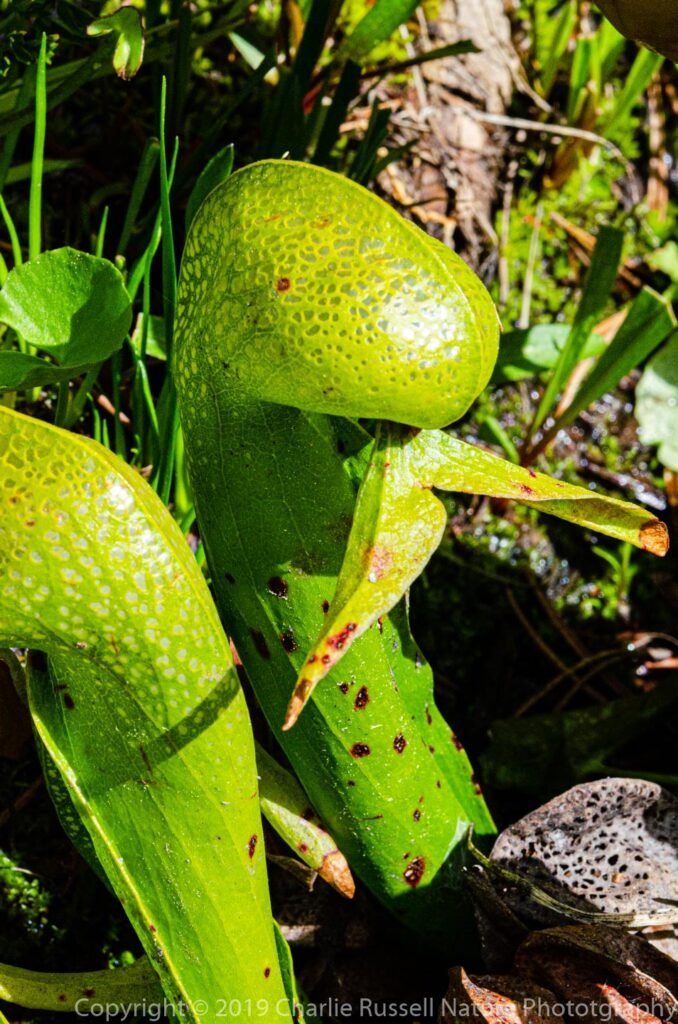
The flower of the California Pitcher Plant is very odd!

It was interesting to compare this sloping fen with the basin fen we found at the Willow Lake Special Botanical Area that I’ve written about before.
The Flowers
Here’s a sample of a few of my favorites from this hike (click on the image to see a larger view).
I’m always happy when we find leopard lilies, and on the road heading into this hike we found a spot where there were a number of the smaller-flowered subspecies, the Shasta Lily.
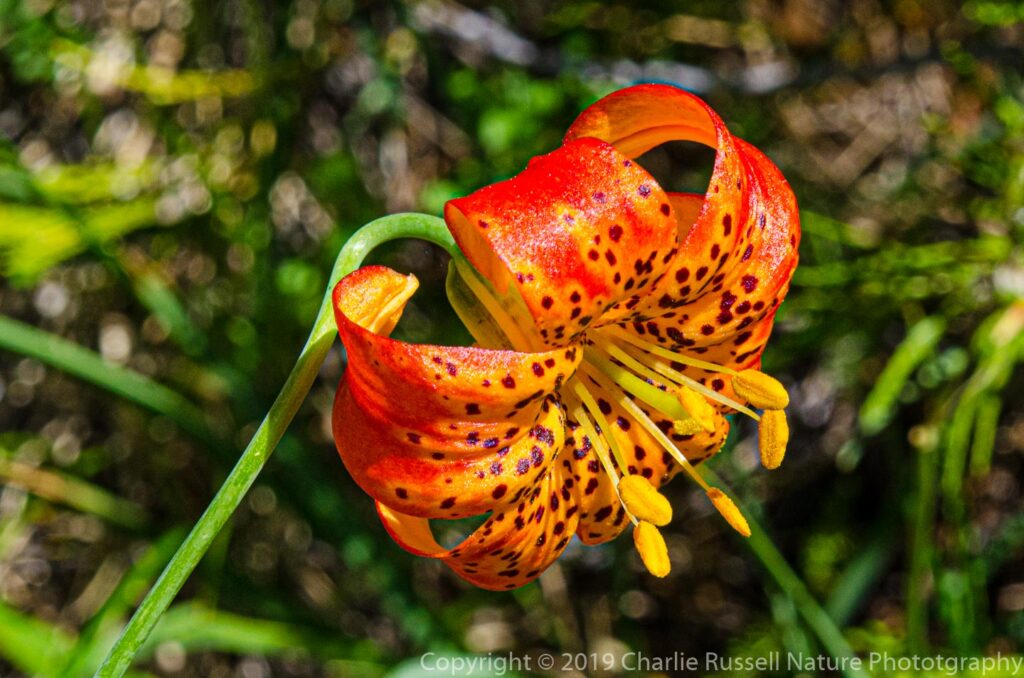
Sometimes you have to ID a plant based on something other than just the flower. Here are the poofy seed pods of Siskiyou milkvetch, found in drier areas.
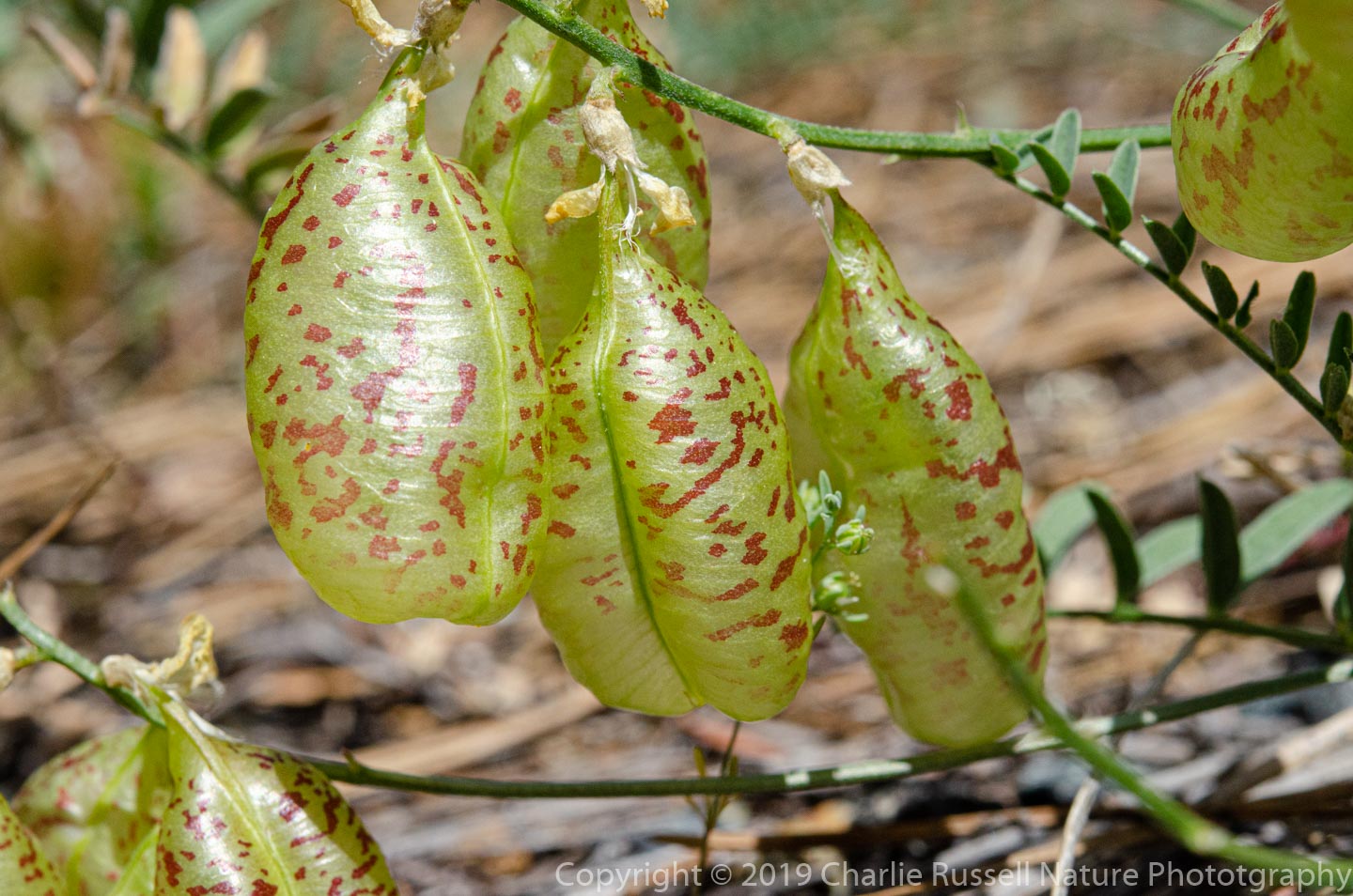
Scott mountain phacelia is only found in this general area. We found several patches right on the trail, just past the fens.
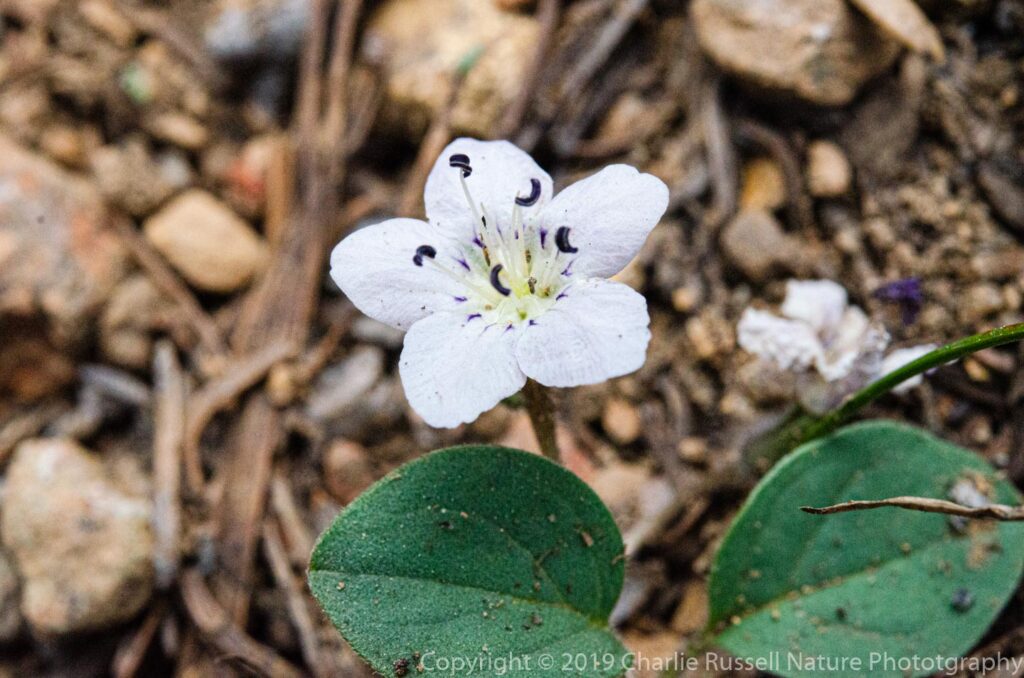
At many spots along the trail there were masses of Calochortus, both Naked Mariposa Lily and Pussy ears.
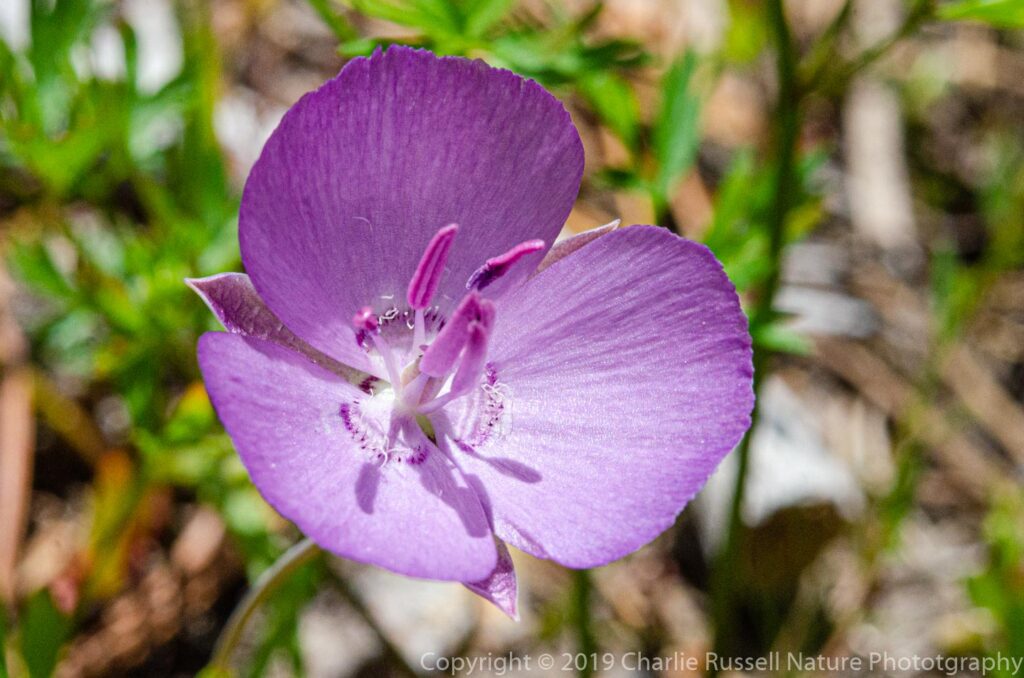
If you click on lightbox image below you will be able to scroll through larger versions of the pictures. All photos are available for purchase in a variety of formats.
The Hike
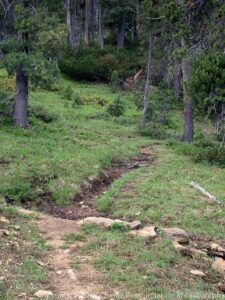
The trail is somewhat narrow and a bit rocky, on parts. You’ll cross a small stream several times, and when you do look around to see if you can find one of the fens. You’ll see greener spots, probably with pitcher plants. The biggest of the fens (where we found the bog orchids) is about a mile and a half in from the trailhead.
We continued on past the fens into higher ground, where you get into an area with a mixture of light colored granite “sills” inserted between reddish colored ultramafic rocks (serpentine). Some of the rocks here have been dated at 565 million years old, which makes them some of the oldest in western North America. This area is much drier, being higher than the groundwater table, and you’ll find a very different assortment of wildflowers.
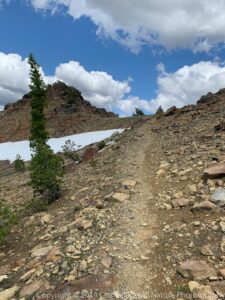
We hiked up to the top of the ridge, where we found a number of flowering plants on the exposed rocks. We decided to turn back from here, which made this a round trip of about 3.5 miles (counting side trips to see fens). You can continue past the ridge towards Robbers Meadow, which is supposed to be very botanically interesting, but the trail down to the meadow is very steep and we were running out of time (mainly because I took so many flower pictures on the hike up!).
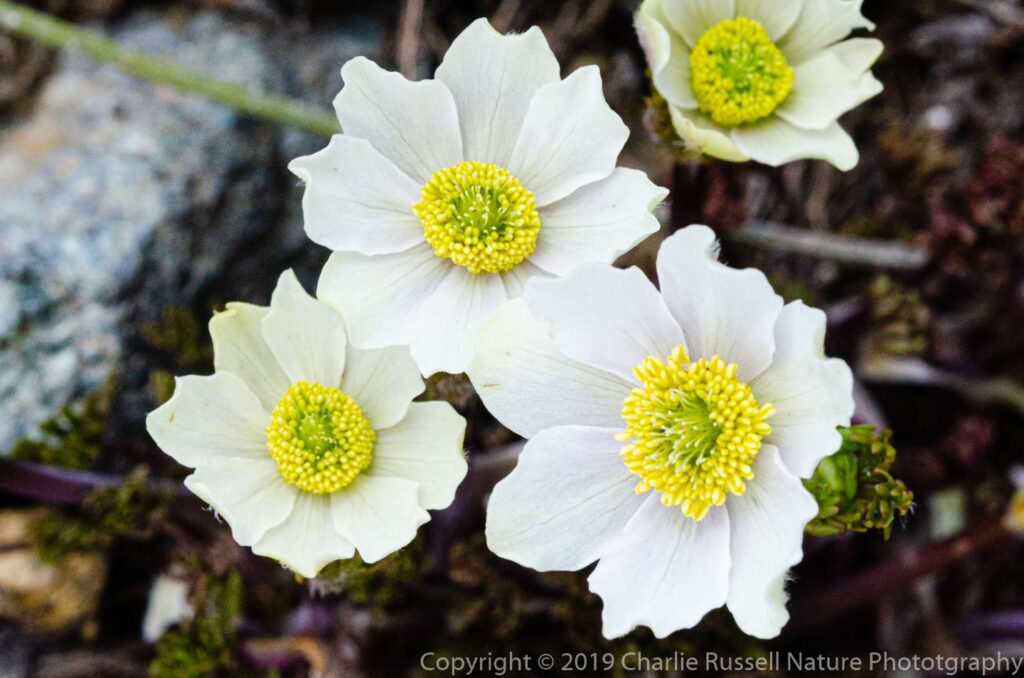
We didn’t have any problem with mosquitoes on this mid-July visit, even with the fens.
There wasn’t a restroom at the trailhead, but I would guess that there is one at the campground just a short way up the road.
Here’s the track that we followed:
Kangaroo Lake Botanical Area2
Profile
Move your mouse along the elevation graph to show the location on the map. The Refresh icon will re-center the map. The Expand icon will expand to full screen.
Directions
The Kangaroo Lake Botanical Special Interest Area is located in Siskiyou County, about 31 miles away from Highway 5 north of Weed, California. From Highway 5 take exit 751 and head west to Stewart Springs Road (Old Highway 99). Go north towards the town of Gazelle, about 7 miles. In town, turn west on the Gazelle-Callahan Road and follow this for 16.3 miles until you come to Rail Creek Road. You’ll follow this road for 7 miles until you reach the Kangaroo Lake Campground area, where the road ends. You’ll find a parking area for the trail just before you get to the campground (opposite the campground sign). Note that if you reach Kangaroo Lake (the end of the road), you’ve gone just a bit too far.
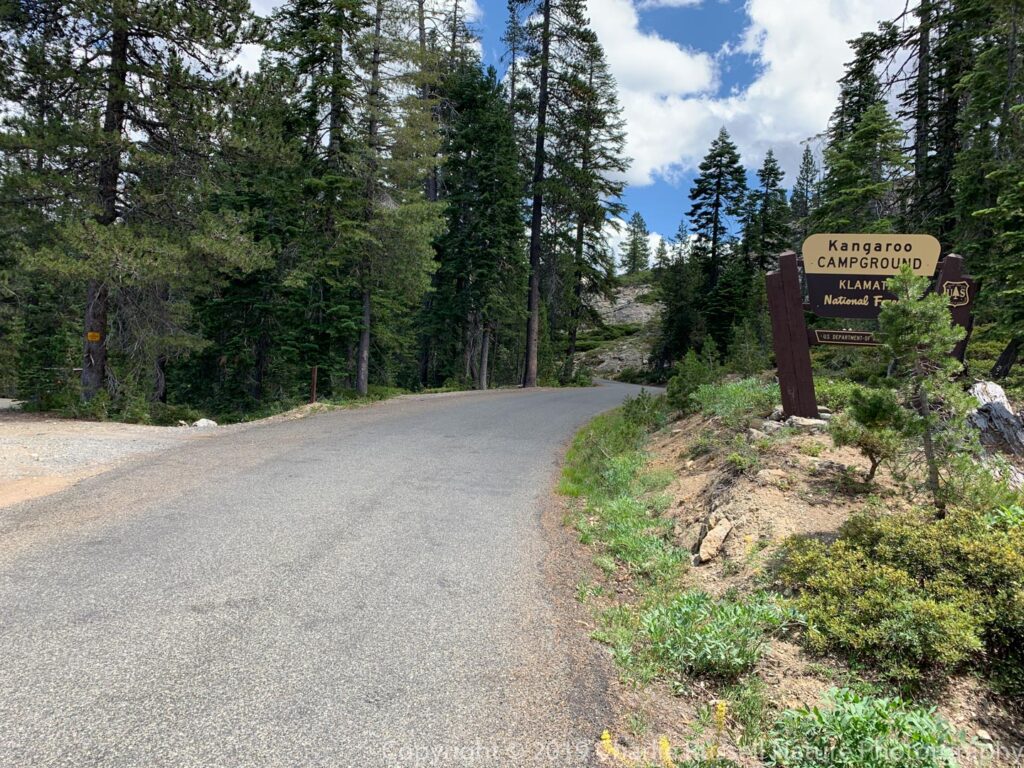
Across the road from the parking are you will see the trailhead sign, set back a ways. Note that there are some informational signs at various spots on the early part of the trail.
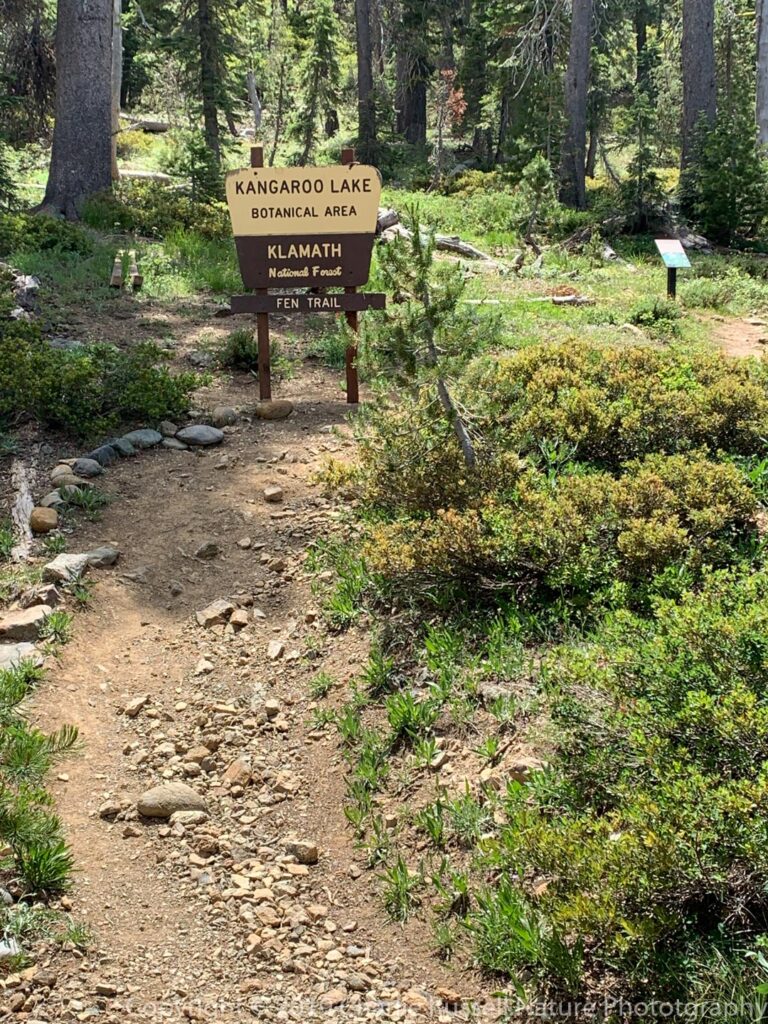
Timing is Everything
The weather was excellent, a clear sunny day with temperatures reaching the low 80’s. It is hard to know when the best time is to visit this area. This visit was in mid July, and we were still seeing some early season flowers. The trailhead is at 6500′ and the ground was pretty dry OTHER than in the fens. The top of the ridge is 7100′ and there was still some snow on the ground (but lots of wildflowers). I’m guessing that in most years you want to come in early July, perhaps even late June.
Kangaroo Lake Botanical Special Interest Area Wildflower Listing
I always enjoy visiting remote areas like this, because a high percentage of the flowering plants are native. In fact, I’m not sure that we found any non-native flowering plants on this trail?
Here’s a listing of the native plants that we found on this visit. The ones listed in color are endemic to California (that is, found only in California).
- American bistort, Bistorta bistortoides
- Azure penstemon, Penstemon azureus
- Bigelow’s sneezeweed, Helenium bigelovii
- California Pitcher Plant, Darlingtonia californica. CNPS rank 4.2
- Ceanothus sp.
- Common beargrass, Xerophyllum tenax
- Copeland’s owl’s clover, Orthocarpus cuspidatus ssp. copelandii
- Cotton grass, Calliscirpus criniger
- Coyote mint, Monardella odoratissima
- Crimson columbine, Aquilegia formosa
- Douglas’s catchfly, Silene douglasii var. douglasii
- Douglas’ stitchwort, Minuartia douglasii
- Drummond’s anemone, Anemone drummondii var. drummondii.
- Dusty-Maidens, Chaenactis douglasii var. douglasii
- Foothill deathcamas, Toxicoscordion paniculatum
- Heartleaf arnica, Arnica cordifolia
- Lambstongue ragwort, Senecio integerrimus
- Lewis’ flax, Linum lewisii var. lewisii
- Meadow larkspur, Delphinium nuttallianum
- Milk kelloggia, Kelloggia galioides
- Mountain Pride, Penstemon newberryi
- Mt. Eddy lupine, Lupinus lapidicola. CNPS rank 4.3
- Naked buckwheat, Eriogonum nudum var. oblongifolium
- Naked Mariposa Lily, Calochortus nudus
- Nose skullcap, Scutellaria antirrhinoides
- One seeded pussypaws, Calyptridium monospermum
- Parrothead indian paintbrush, Castilleja pilosa
- Pennycress, Noccaea fendleri
- Phlox diffusa, Spreading phlox
- Pink mountainheath, Phyllodoce empetriformis
- Potentilla sp.
- Pringle’s phacelia, Phacelia pringlei
- Pussy ears, Calochortus tolmiei
- Rose meadowsweet, Spiraea splendens
- Saffron flowered lupine, Lupinus croceus
- Scabland fleabane, Erigeron bloomeri var. bloomeri
- Scott mountain phacelia, Howellanthus dalesianus. CNPS rank 4.3
- Scytheleaf onion, Allium falcifolium
- Shasta lily, Lilium pardalinum ssp. shastense
- Showy milkweed, Asclepias speciosa
- Shrubby cinquefoil, Dasiphora fruticosa
- California milkwort, Rhinotropis californica var. cornuta (Polygala californica)
- Sierra stonecrop, Sedum obtusatum
- Sierra shooting star, Primula jeffreyi
- Sierran rush, Juncus nevadensis var. nevadensis
- Siskiyou buckwheat, Eriogonum siskiyouense. CNPS rank 4.3
- Siskiyou milkvetch, Astragalus whitneyi var. siskiyouensis
- Sparse flowered bog orchid, Platanthera sparsiflora
- Spreading dogbane, Apocynum androsaemifolium
- Stream violet, Viola glabella
- Tuber starwor, Pseudostellaria jamesiana
- Wavy leaved indian paintbrush, Castilleja applegatei ssp. pinetorum
- Western labrador tea, Rhododendron columbianum
- Western wallflower, Erysimum capitatum
- White marsh marigold, Caltha leptosepala
- White rushlily, Hastingsia alba
- Woodbeauty, Drymocallis lactea (not sure of subspecies)


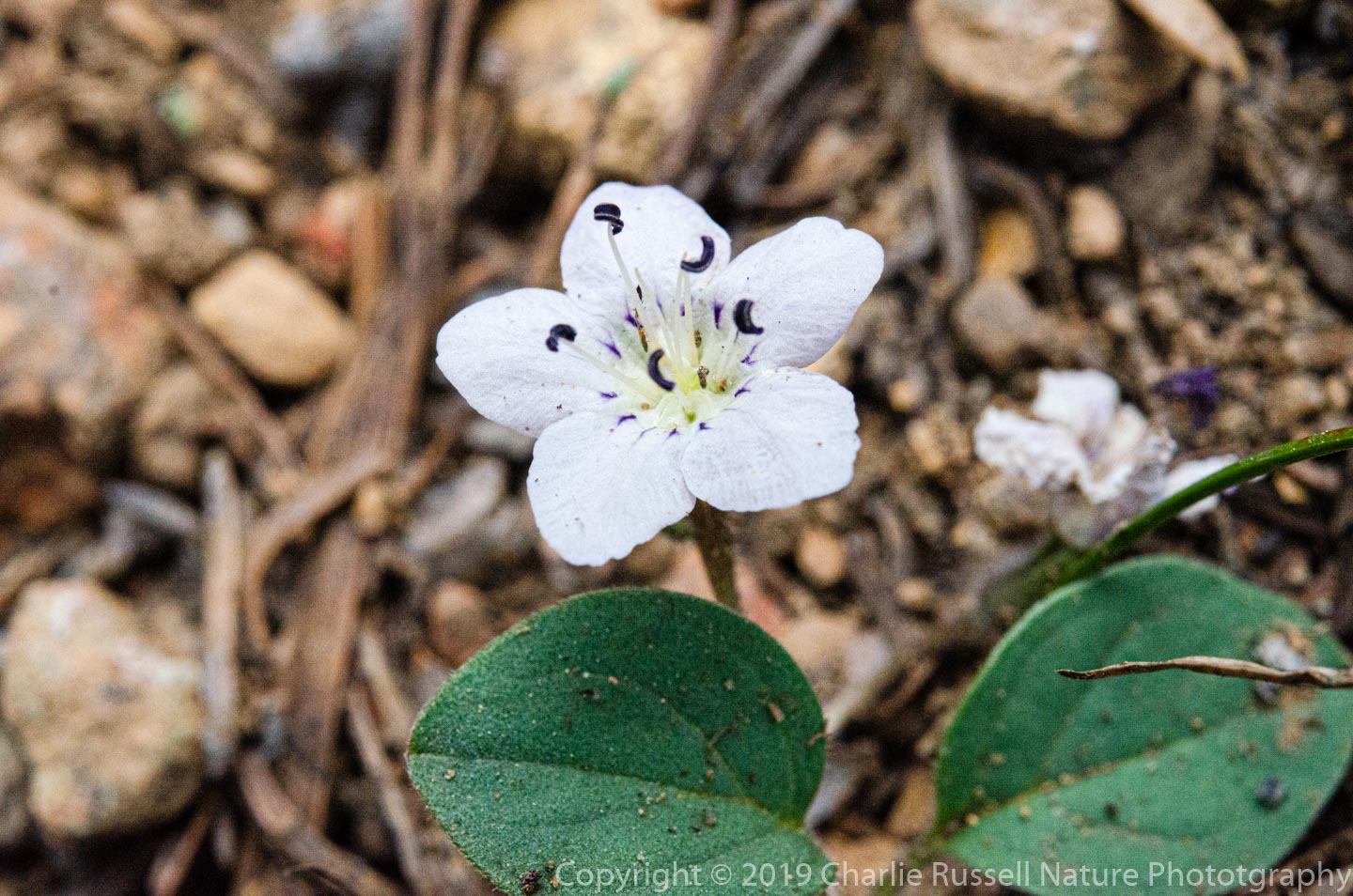
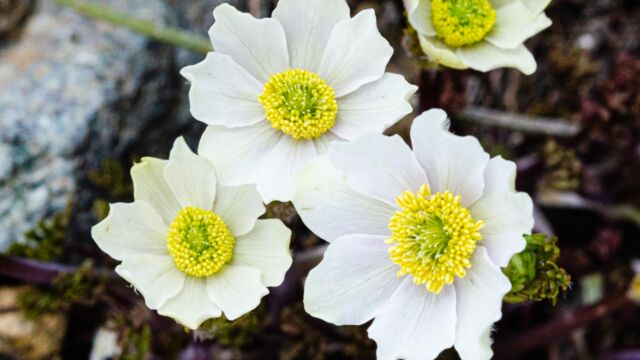
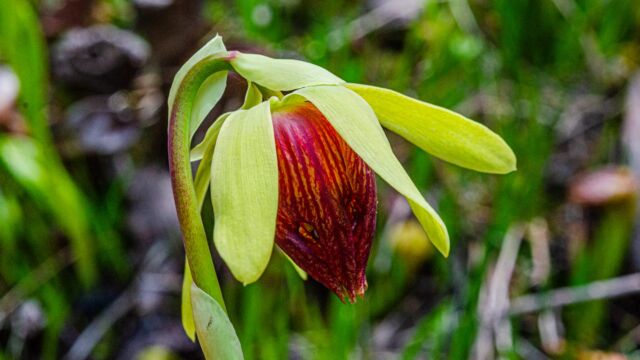
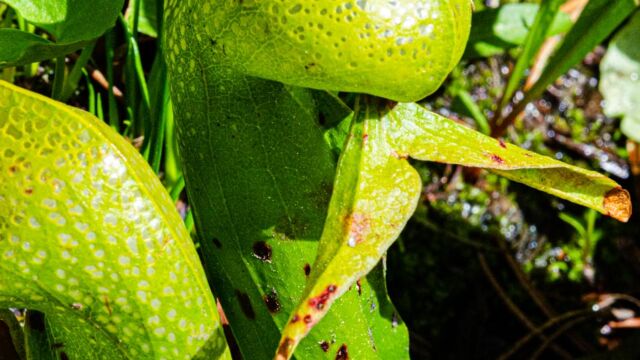
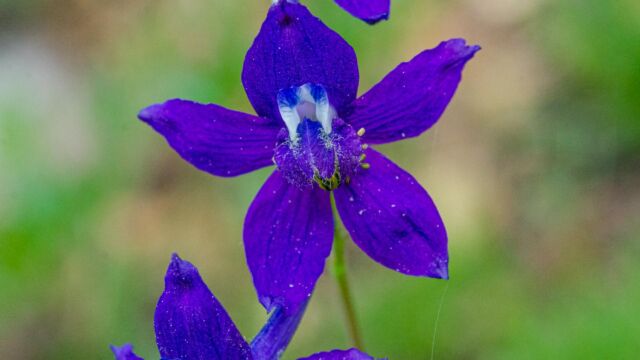
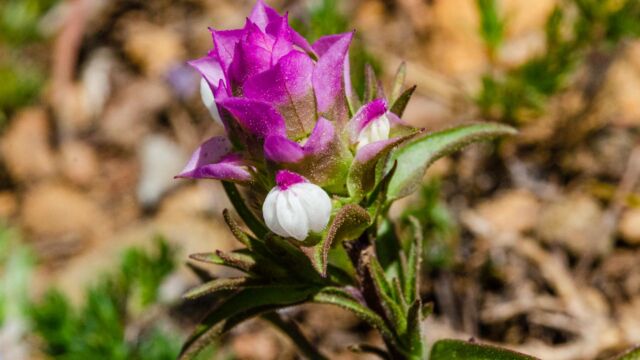
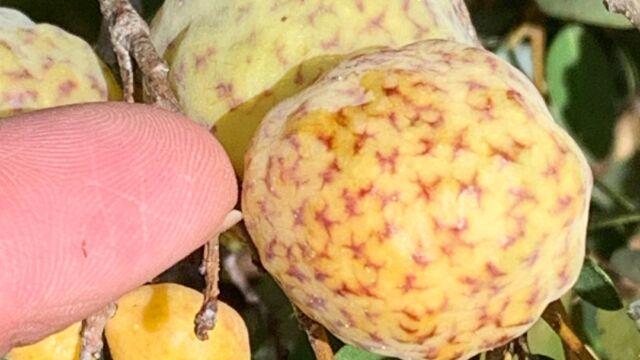
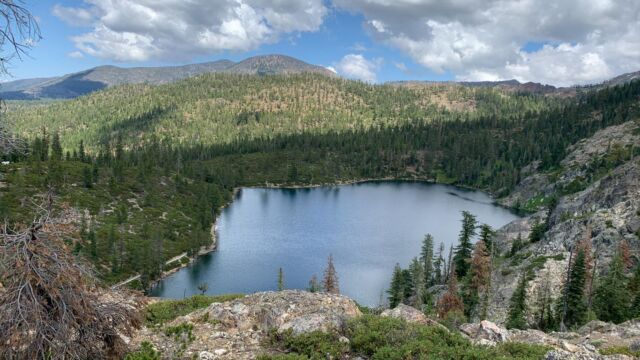
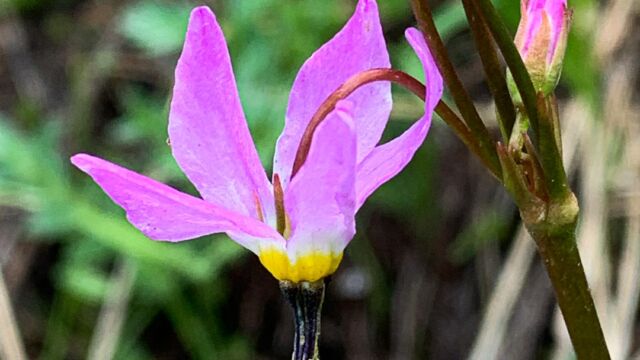
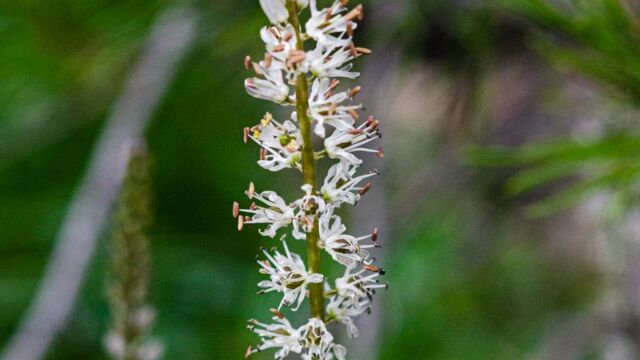

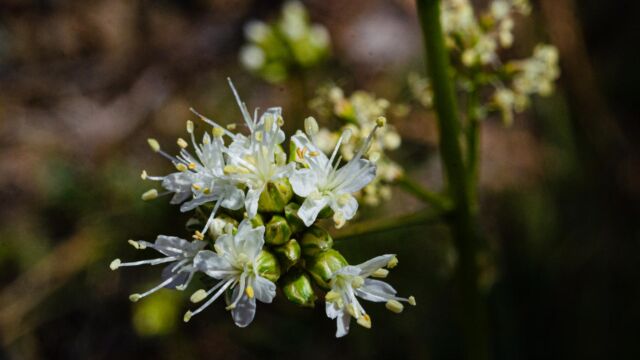
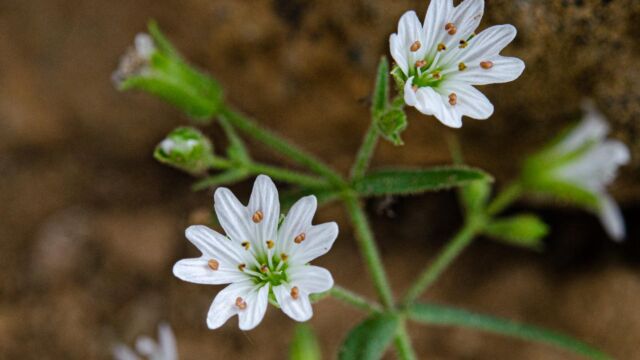

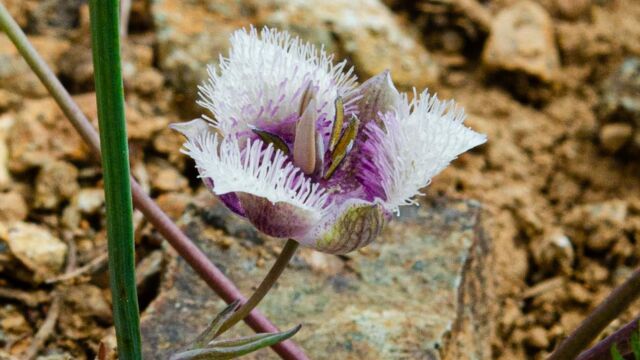
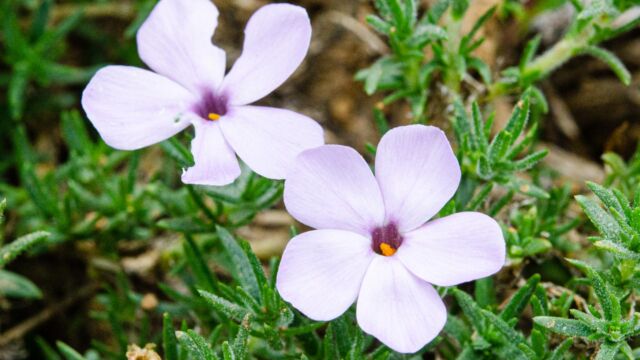
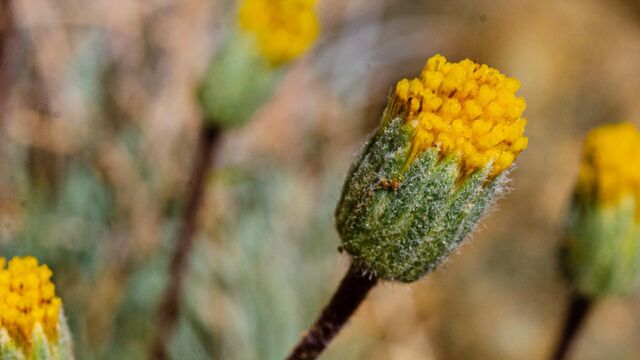
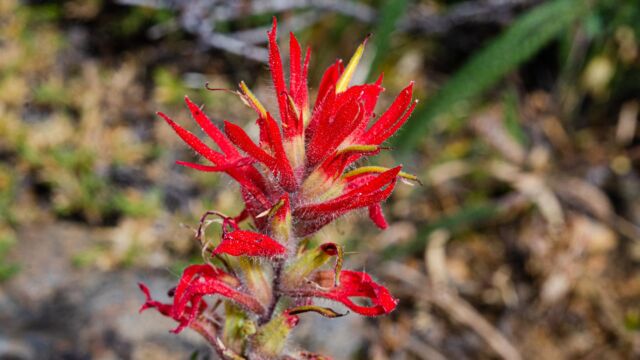
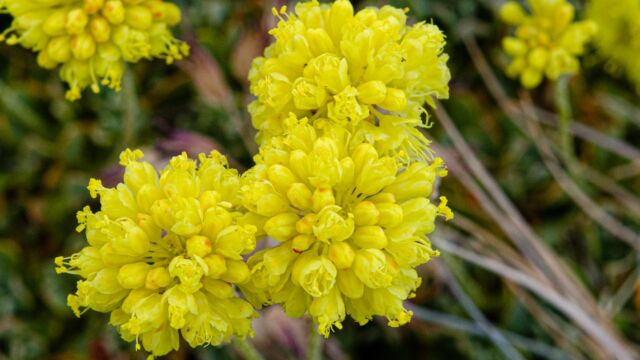
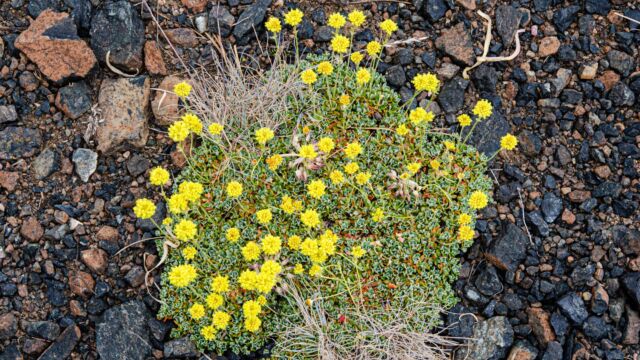
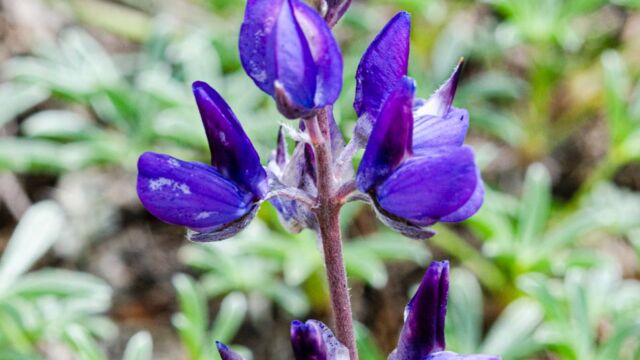
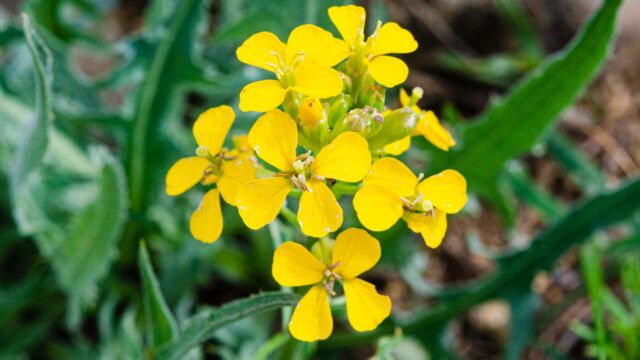
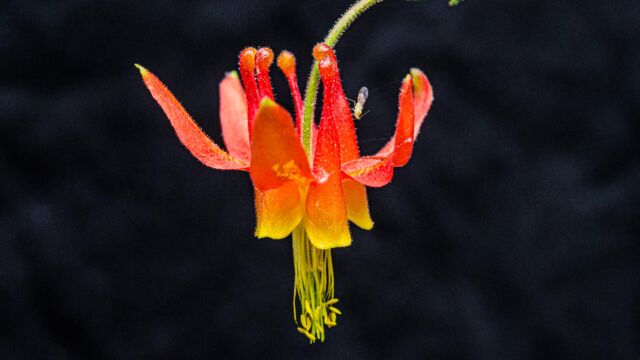
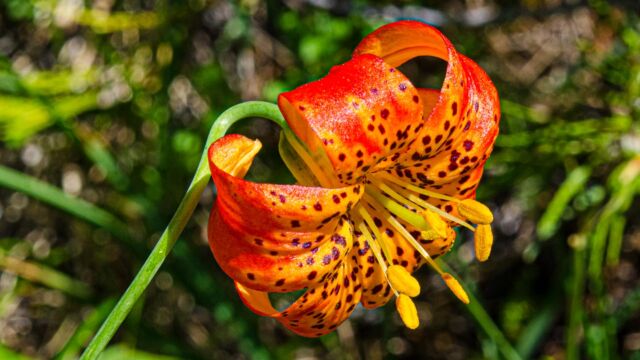
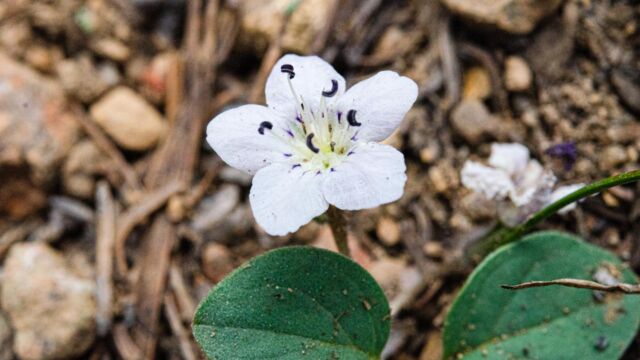
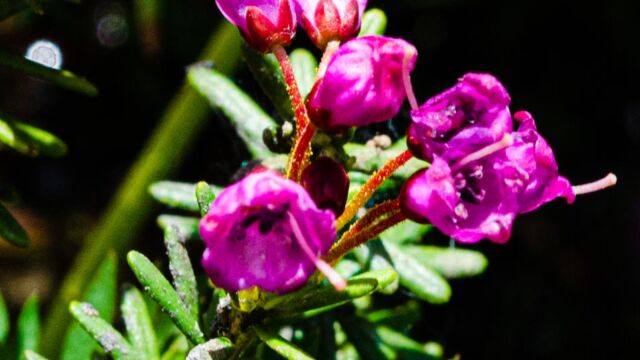
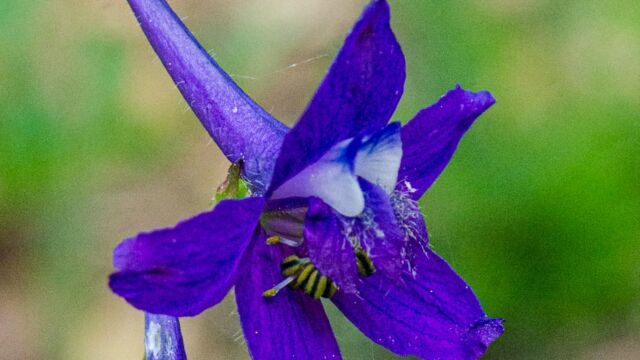
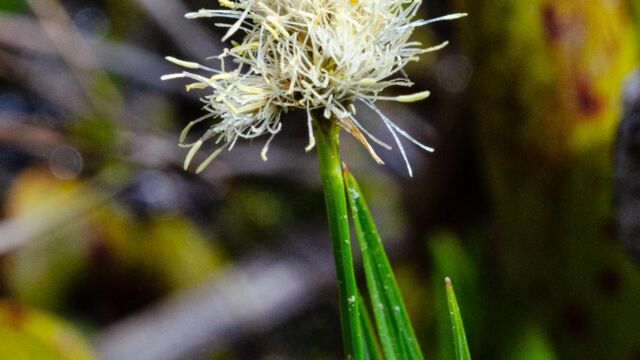
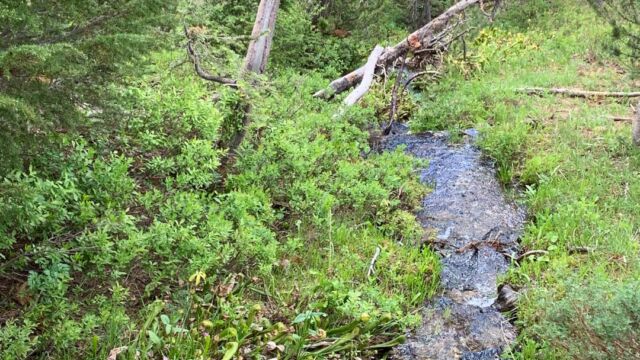

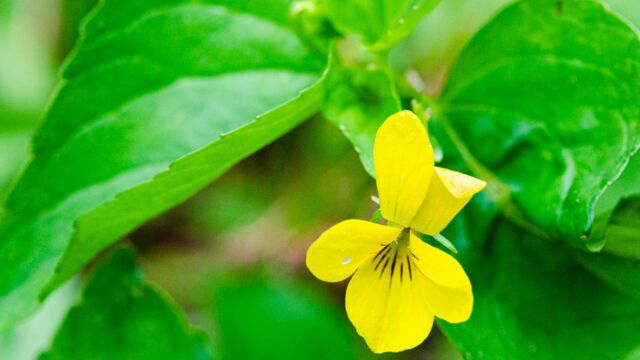
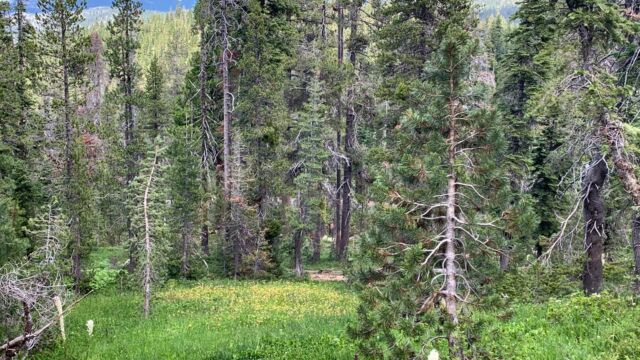
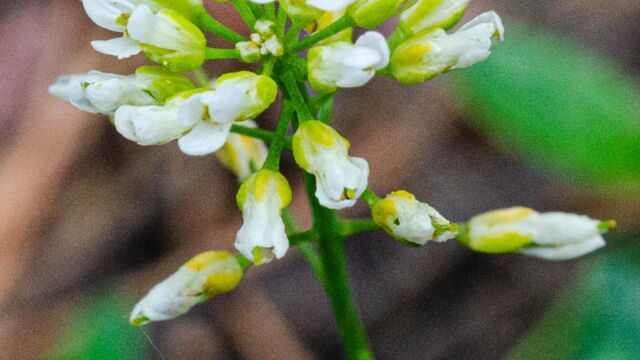
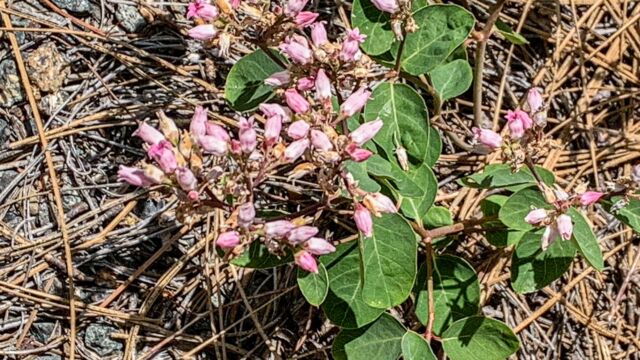

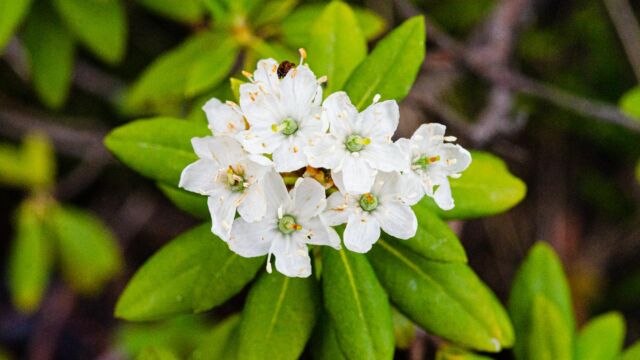
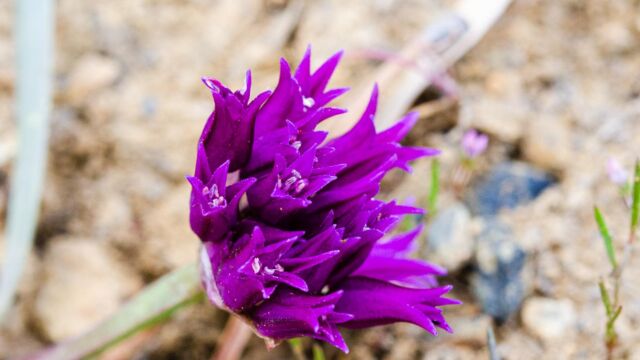
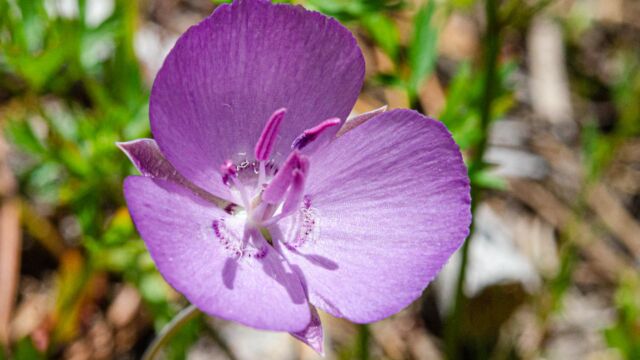
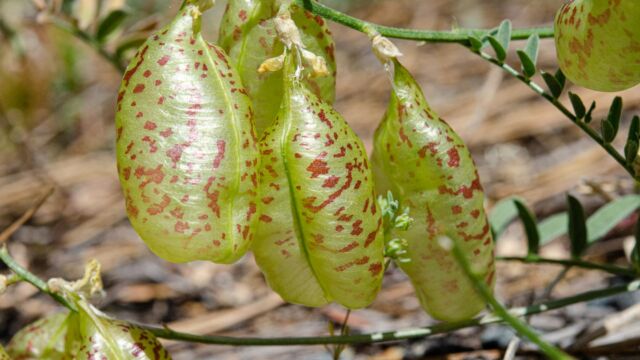
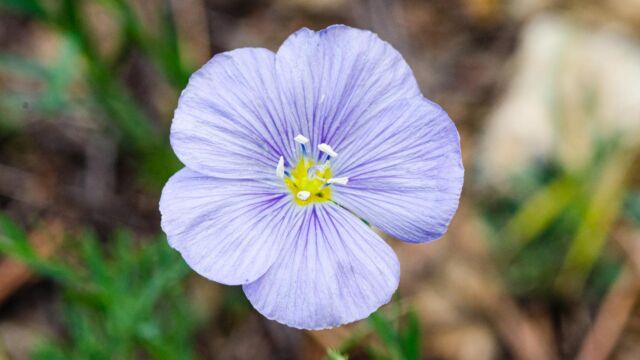

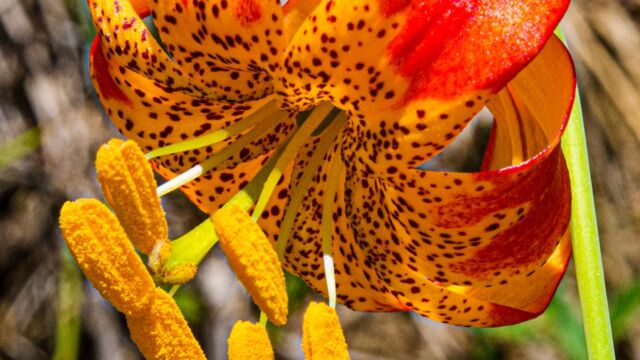
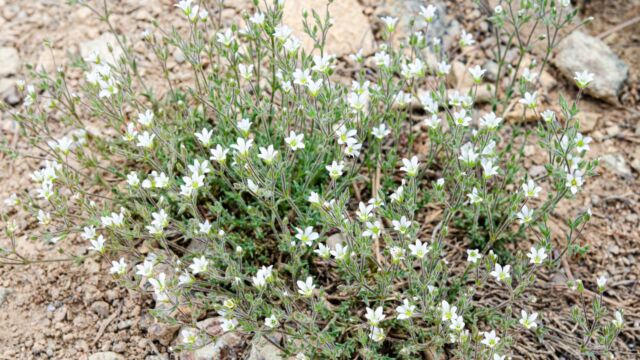

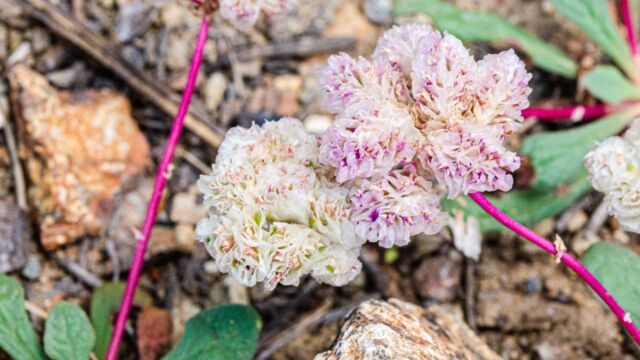
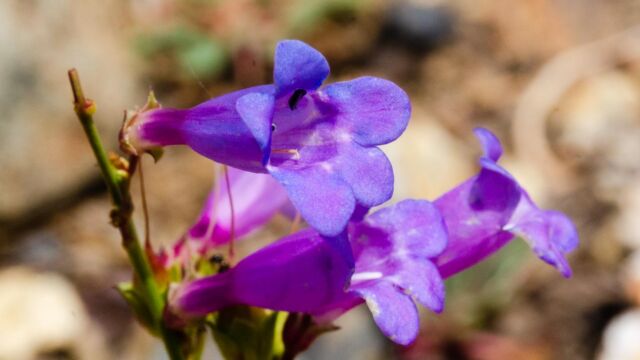
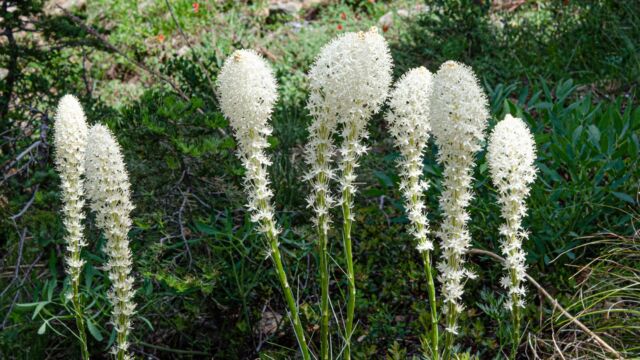
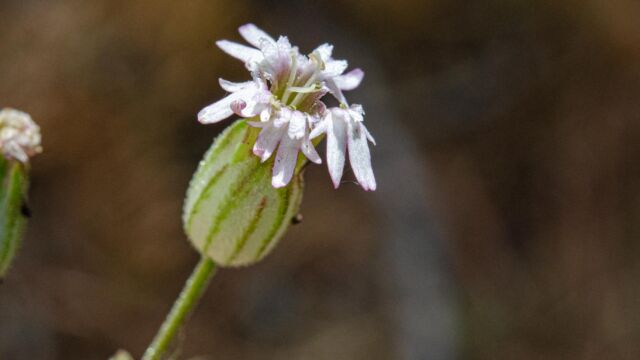
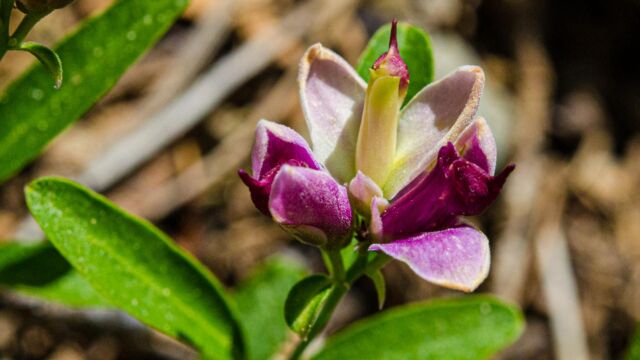
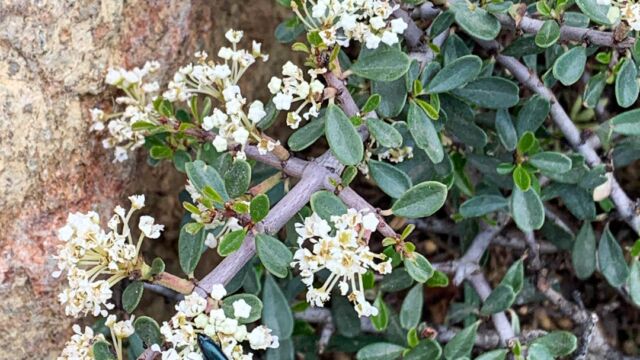

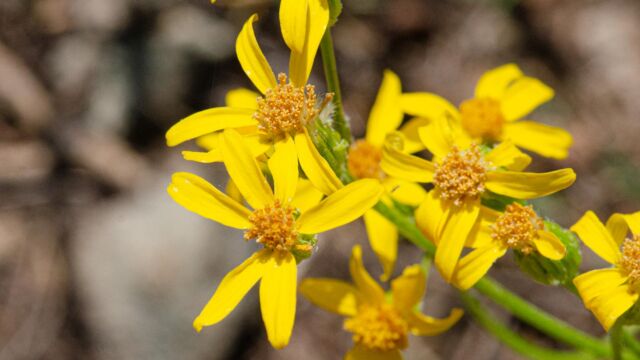
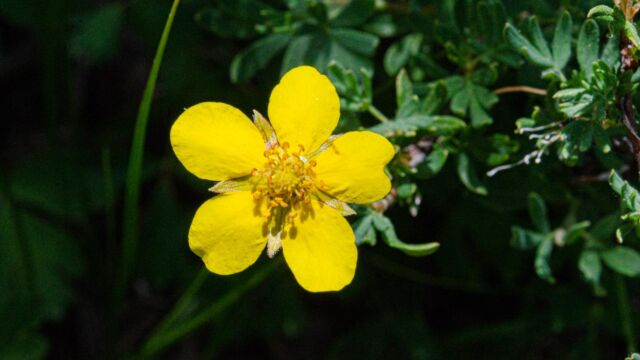
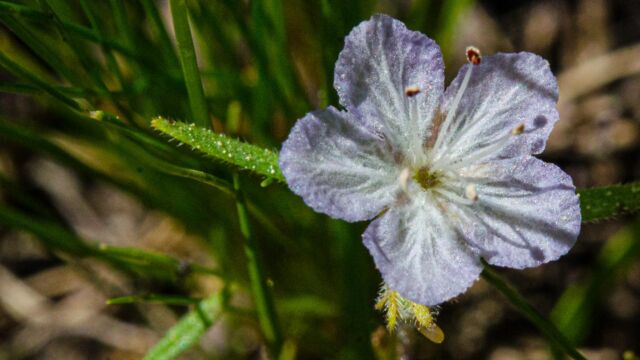
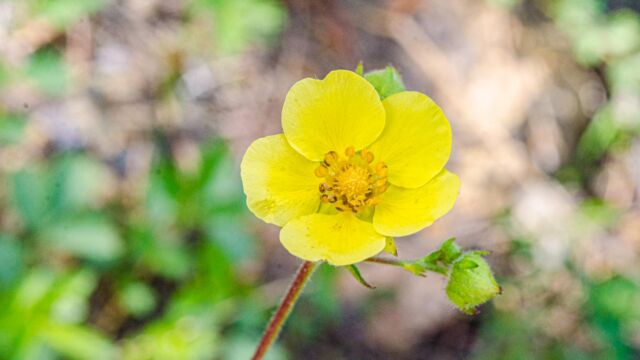

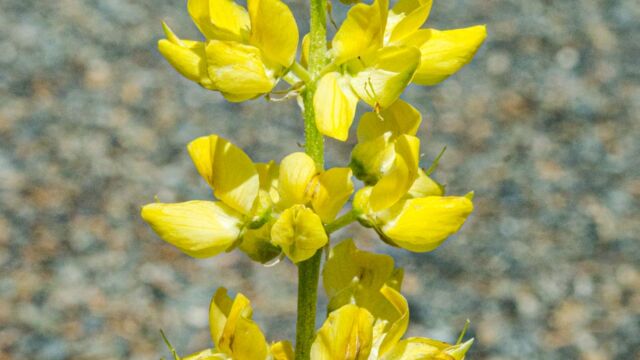


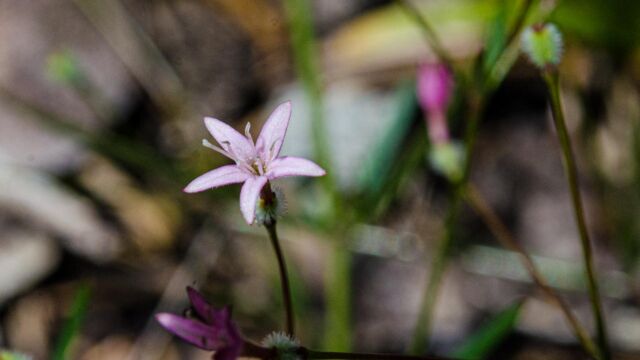
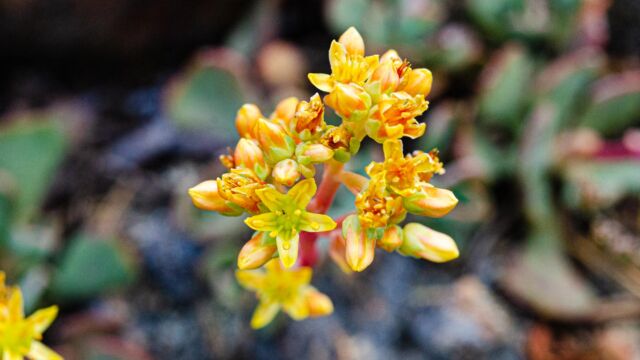

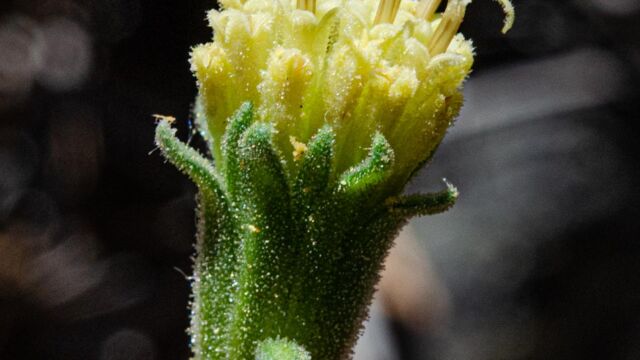


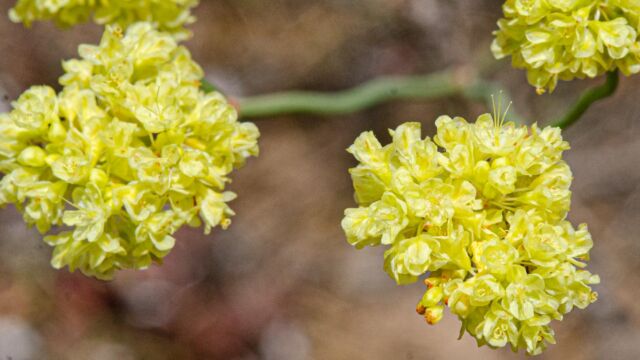
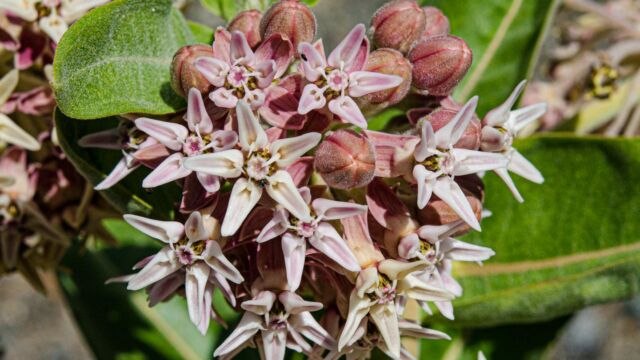
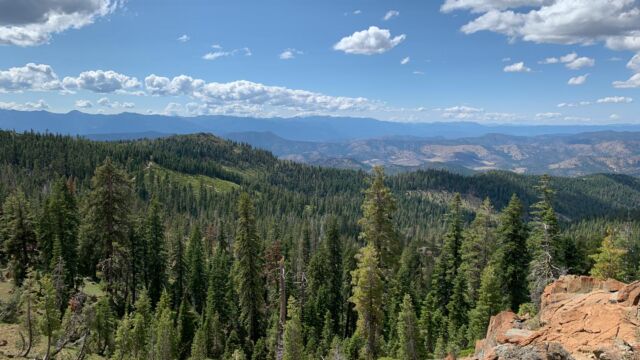
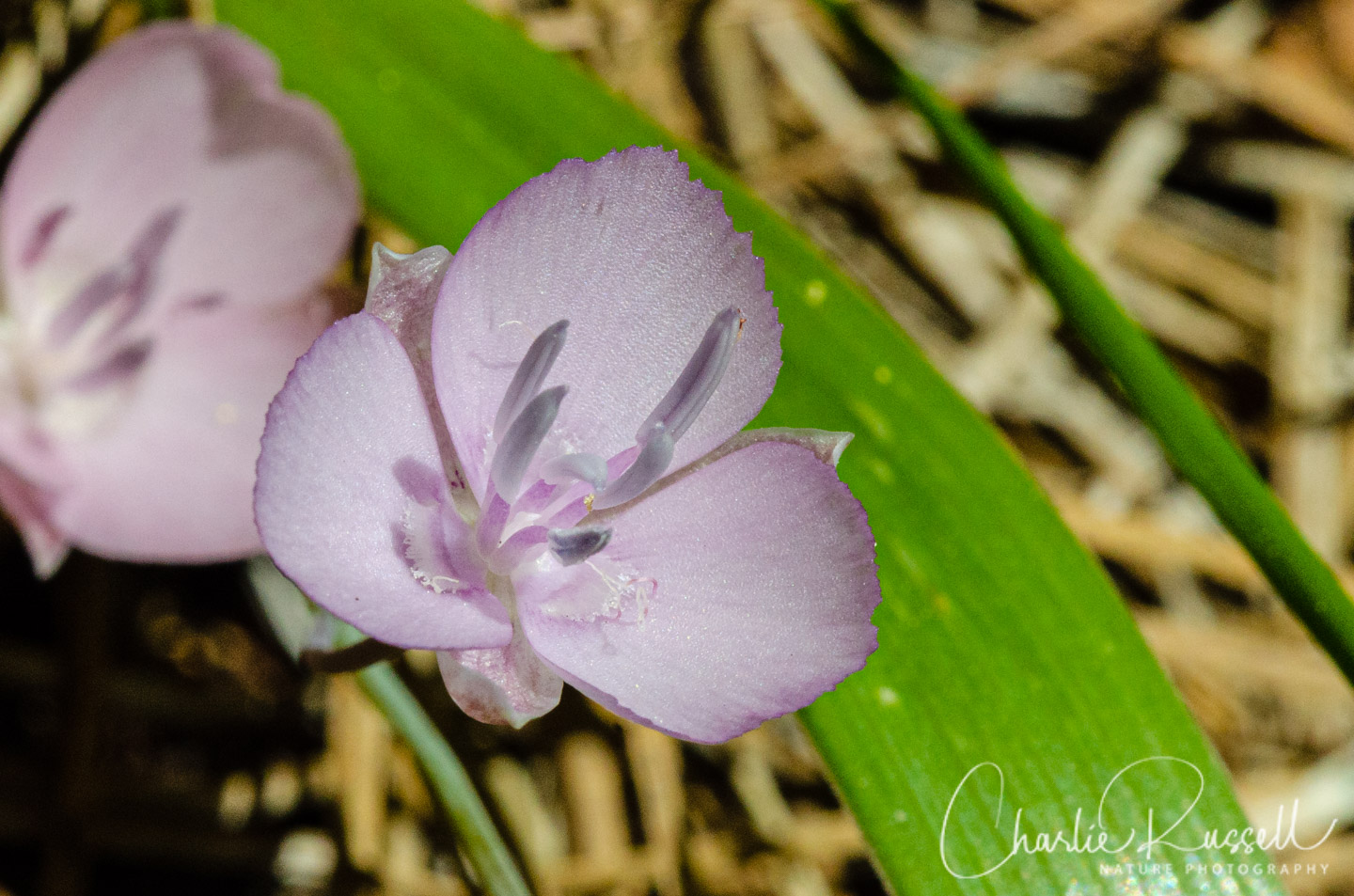
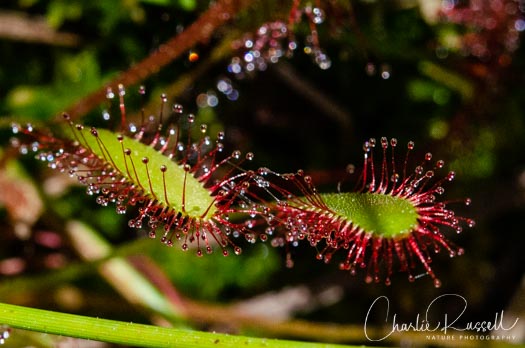
Add comment